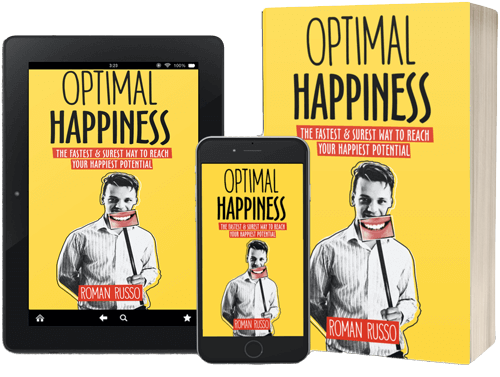
In Neuro-Linguistic Programming (NLP), there is a powerful concept that involves examining the best-performing employees in a company to understand how their work differs from that of less productive employees, and then teaching these differences to other employees to help improve overall corporate performance while requiring relatively minimal investment in corporate growth.
Unfortunately, this approach is rarely undertaken leading to a significant difference in performance between employees in companies even when they are performing the same tasks.
In this way, Anthony Robbins, a well-known figure in NLP, tells a story of approaching a military establishment and offering to improve their performance by applying this technique. The management of this establishment was initially skeptical of the then young, unknown, and inexperienced Anthony Robbins, but they decided to give him a chance after he offered to do it for free if he didn’t reach the desired results.
They allowed him access to their gun training, which at the time had about a 30% passing rate, allowing Anthony Robbins to meet with the best marksmen in the military and break down how they stood, aimed, and visualized the target, and then apply this knowledge to new recruits, resulting in a 100% passing rate. Seeing these results, the military proclaimed it to be one of the biggest breakthroughs in a decade, rewarding Tony Robbins with a substantial sum for his service.
And yet, although obviously interesting and potentially highly beneficial, suggesting this technique in many companies would be met with hostility from top-performing employees who may not want to share their methods, fearing they might lose their competitive edge. They may, in turn, blame their less productive colleagues for being too slow or not intelligent enough to figure things out themselves.
However, from the standpoint of corporate productivity (and therefore happiness), this approach makes perfect sense, as at one of my first internships, I was given one week of training, during which I was told to shadow and observe different employees. Afterwards, I was told to apply what I learned to the best of my ability. However, at the end of the internship, I was told that my work did not meet the company’s standards, which upset me. After all, the complexity of these tasks was quite high. Also, I repeatedly told management that I hadn’t learned everything I needed, as when I started, I didn’t understand the importance of certain points, didn’t have practical knowledge, and required further follow-up to improve. The company, however, did not want to provide additional training, stating that I should have learned everything in the first week. This ultimately led to my poor performance and consequently affected the company.
Reflecting on this experience and now consulting companies on best corporate practices, I question whether one week of training was even necessary, as I now recommend that companies have manuals of best practices that are regularly reviewed, updated, and discussed by employees.
After all, most people in a company often perform the same job repeatedly, albeit differently, yet they rarely (if ever) discuss how and why their work differs from one another. While most companies will say that collaboration is encouraged and welcomed, it doesn’t always apply to all levels of the company.
Alternatively, creating such a manual, though labor-intensive, can also help employees improve themselves—as by teaching others, employees can enhance their understanding and skills, as it is said that the ultimate level of knowing something is teaching it to someone else.
This is exactly what I do in this blog, as by continuously writing about the topic of happiness, I become progressively better, even though I already consider myself a great teacher and one of the happiest people in the world.
However, to this day, I still see many companies underperforming because their employees are not receiving the necessary training or follow-ups from their colleagues and management. Their work is often not reviewed periodically, except perhaps in terms of the results they achieve, and there are usually no manuals outlining best practices for working in these companies.
I often recommend undertaking this work and regularly hiring external help to assess what companies are doing well, identify their blind spots, and suggest improvements. Based on my work and that of other consultants, I regularly find many areas with potential for corporate growth.
To learn more, continue reading this blog, check out different books, and consider private coaching for yourself and your company.
Stay productive and happy!














